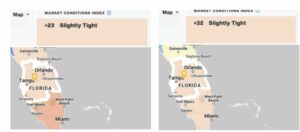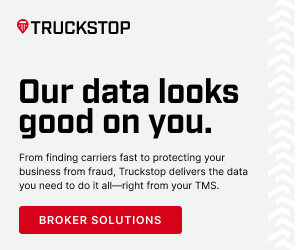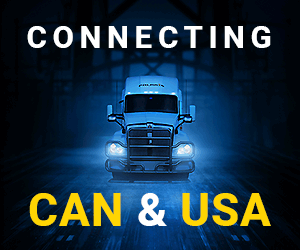Building upon the foundational strategies discussed in Part 1, freight brokers, both new and seasoned, can further refine their approach to improving relationships with factoring companies, thus supporting better credit approval and establishment. This continuation delves into advanced practices that can significantly contribute to a positive credit profile and foster enduring financial partnerships.
Implement Robust SOPs for Factoring Company Interactions
Developing ironclad Standard Operating Procedures (SOPs) for managing interactions with factoring companies is crucial. This includes handling notices of assignments and efficiently managing new carrier setups during onboarding. An organized and regimented approach mitigates the risk of fraud and limits exposure to misdirected payments—a common yet avoidable issue. Services like HaulPay offer comprehensive solutions for carriers’ factoring company setup and data validation, eliminating most friction with carriers and ensuring smoother daily operations with factoring companies. This not only enhances operational efficiency but also contributes to a sterling business reputation and an improved credit experience profile in the market.
Utilize Credit Monitoring Services
Subscribing to credit monitoring services such as Equifax Ansonia enables brokers to spot-check their progress and maintain oversight of their authority’s credit standing. These services can also be instrumental in checking the creditworthiness of customers. Leveraging such tools or partnering with the right financial entity can help mitigate credit risk on the shipper side, ensuring smooth accounts payable operations to your carriers and their factoring companies. A proactive approach to credit monitoring, whether through a subscription or in collaboration with a finance partner, is invaluable for maintaining a pulse on your credit health.
Maintain Creditworthiness Vigilantly
Creditworthiness extends beyond initial approval; it’s a continuous requirement for sustaining good standing with factoring and finance companies. These entities often have data-sharing agreements with load boards and trade monitoring organizations, making it essential to consistently meet or exceed standard payment terms. Automating payments and ensuring clear, successful remittance acts as both a convenience and a safeguard for your brand’s reputation. Tools like HaulPay can play a pivotal role in maintaining high credit standards, especially for brokers with significant volume but potentially wavering credit ratings due to lax practices.
Cultivate Solid Trade References
Solid trade references are more than just a backup; they are a testament to your reliability and punctuality in payments. Identifying vendors, carriers, or businesses that can vouch for your financial integrity is invaluable. Encouraging these entities to report your timely payments to credit agencies further strengthens your credit profile. These references can be critical in situations where additional evidence of creditworthiness is needed to secure credit with new factoring companies or financial institutions.
Engage with Reputable Trade Organizations
Membership in esteemed trade organizations such as the Transportation Intermediaries Association (TIA) can significantly bolster your market profile. These organizations not only provide a seal of legitimacy but also offer access to a wealth of resources, training, and networking opportunities. Active participation in such communities can lead to strategic partnerships, innovative solutions to operational challenges, and a collective wealth of knowledge to expedite business growth and efficiency. Recognition from such organizations serves as a powerful endorsement of your business practices and commitment to industry standards, further supporting your credit and business development efforts.
In synthesizing these strategies with the foundational practices outlined in Part 1, freight brokers can significantly enhance their prospects for credit approval with factoring companies. By fostering meticulous operational standards, leveraging credit monitoring tools, maintaining vigilant creditworthiness, nurturing solid trade references, and engaging with reputable trade organizations, brokers can build a compelling business and credit profile. These concerted efforts not only facilitate smoother financial interactions but also pave the way for sustainable growth and success in the competitive freight brokerage industry.
To learn more about HaulPay’s factoring management and payment solution go here and for more on the TIA’s member benefits as the premier freight broker association.




















